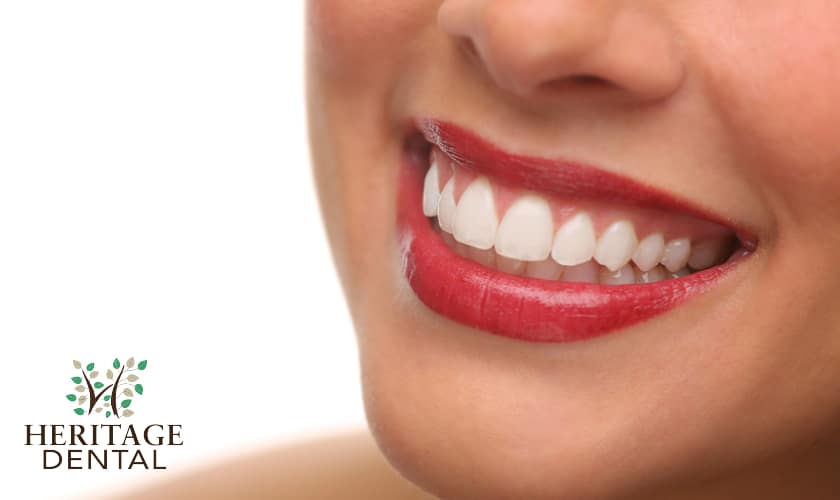23945 Franz Rd suite a, Katy, TX 77493
How to Brush Your Teeth to Prevent Gum Disease

Many people don’t realize that proper brushing techniques are essential for preventing gum disease. Gum disease is an infection of the gums and bone that can lead to tooth loss, if not caught early and treated properly. Fortunately, there are steps you can take to reduce your risk of developing gum disease by learning how to brush your teeth correctly. In this article, we’ll explore the basics of proper tooth brushing, the type of toothbrush you should use, and other tips to help keep your gums healthy.
Choosing the Right Toothbrush
When it comes to choosing a toothbrush, there are several factors to consider. You’ll want to make sure that the bristles are soft and flexible, and that the handle is comfortable to hold. A good rule of thumb is to choose a brush with bristles that are gentle enough to massage your gums, but firm enough to effectively remove plaque and food particles from your teeth. Electric toothbrushes can be helpful for those who have difficulty brushing properly, as they can provide more effective plaque removal and can be more comfortable to use.
Electric Toothbrushes
Electric toothbrushes are powered by a small motor and usually feature rotating or oscillating heads that move back and forth to loosen plaque and food particles from your teeth. They may also have timers that notify you when it’s time to move on to the next area of your mouth. Electric toothbrushes can be more effective at removing plaque and debris than manual brushing, but they are not necessarily better for your gums.
Manual Toothbrushes
Manual toothbrushes come in a variety of styles and shapes, from flat-headed brushes to angled heads that make it easier to reach behind the back teeth. When choosing a manual toothbrush, look for one with a comfortable handle and soft, flexible bristles. You should also replace your toothbrush every three months or sooner if the bristles start to wear down.
Toothpaste
When selecting a toothpaste, look for one that contains fluoride, as this can help reduce the risk of tooth decay. You should also look for toothpaste with an ADA seal of approval to ensure that it meets standards set by the American Dental Association (ADA).
Brushing Your Teeth
Once you’ve chosen the right brush and toothpaste, it’s time to brush your teeth. Proper brushing technique is essential for reducing your risk of gum disease and keeping your teeth and gums healthy. Here are some tips for proper brushing:
Brushing Technique
When brushing your teeth, start by placing the bristles at a 45-degree angle against the tooth surface. Use a gentle back-and-forth motion to move the bristles in between your teeth. Be sure to brush the outer, inner, and chewing surfaces of each tooth.
Flossing
Flossing is an important part of any oral hygiene routine. Use a piece of floss that’s about 18 inches long and wrap it around your middle fingers. Gently slide the floss between each tooth, using a sawing motion to remove any debris that may be stuck in between them. Once you’ve finished flossing, throw away the used piece of floss and use a new one for the next area of your mouth.
Mouthwash
Mouthwash can help reduce the risk of gum disease by killing bacteria that can cause plaque and tartar buildup. Look for an ADA-approved mouthwash to get the maximum benefit from your oral hygiene routine.
Conclusion:
Proper brushing and flossing techniques are essential for reducing your risk of gum disease and maintaining good oral health. Be sure to choose the right toothbrush and toothpaste, brush in between your teeth, use floss daily, and rinse with a mouthwash that contains fluoride. By following these simple steps, you can help keep your gums healthy and enjoy a lifetime of happy smiles.
